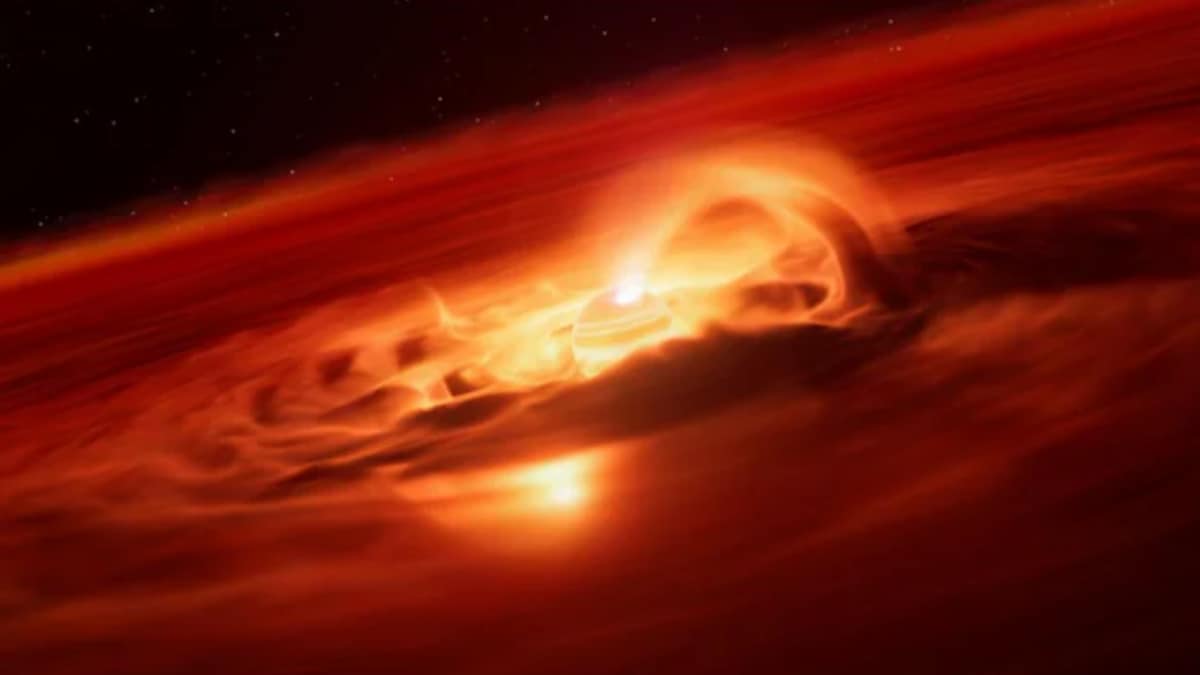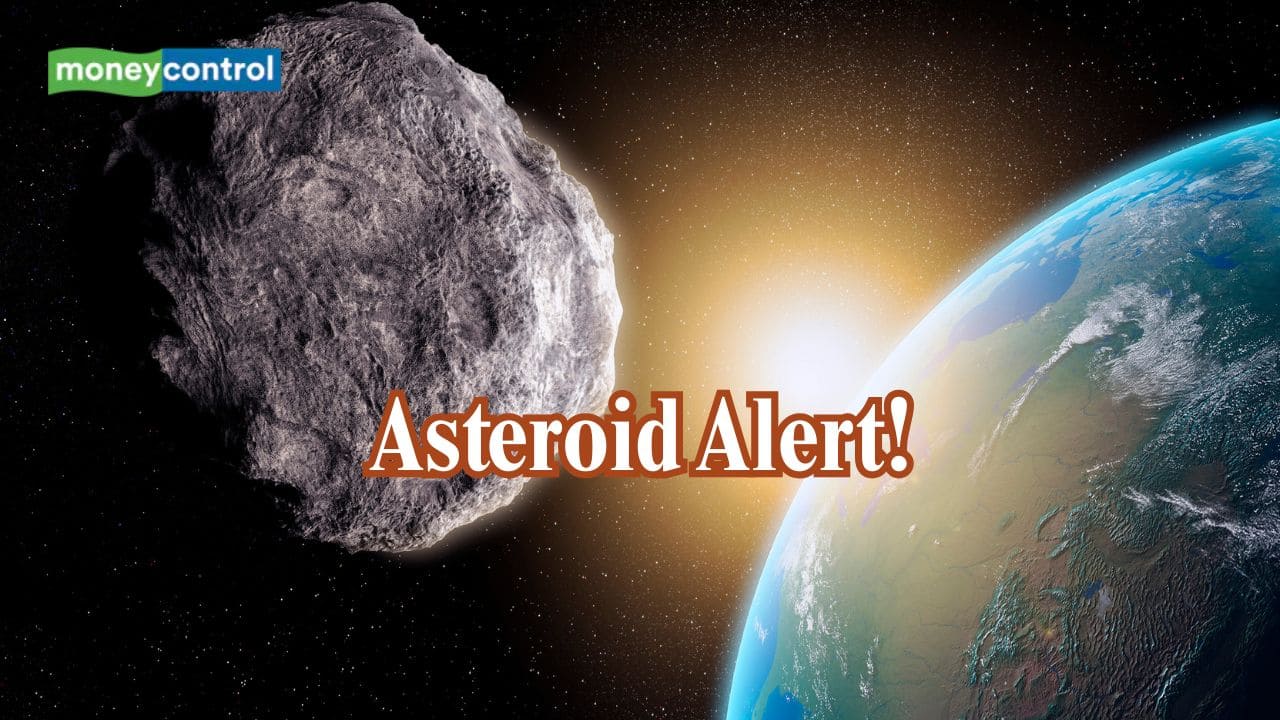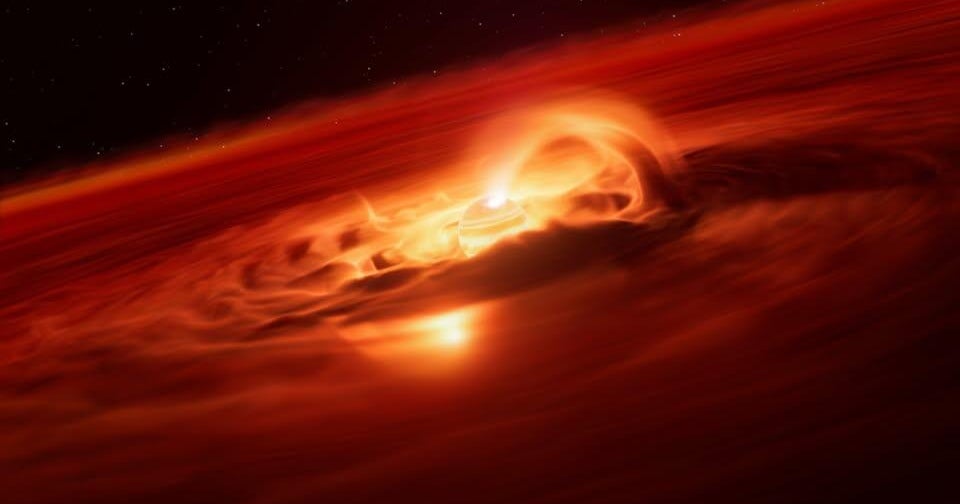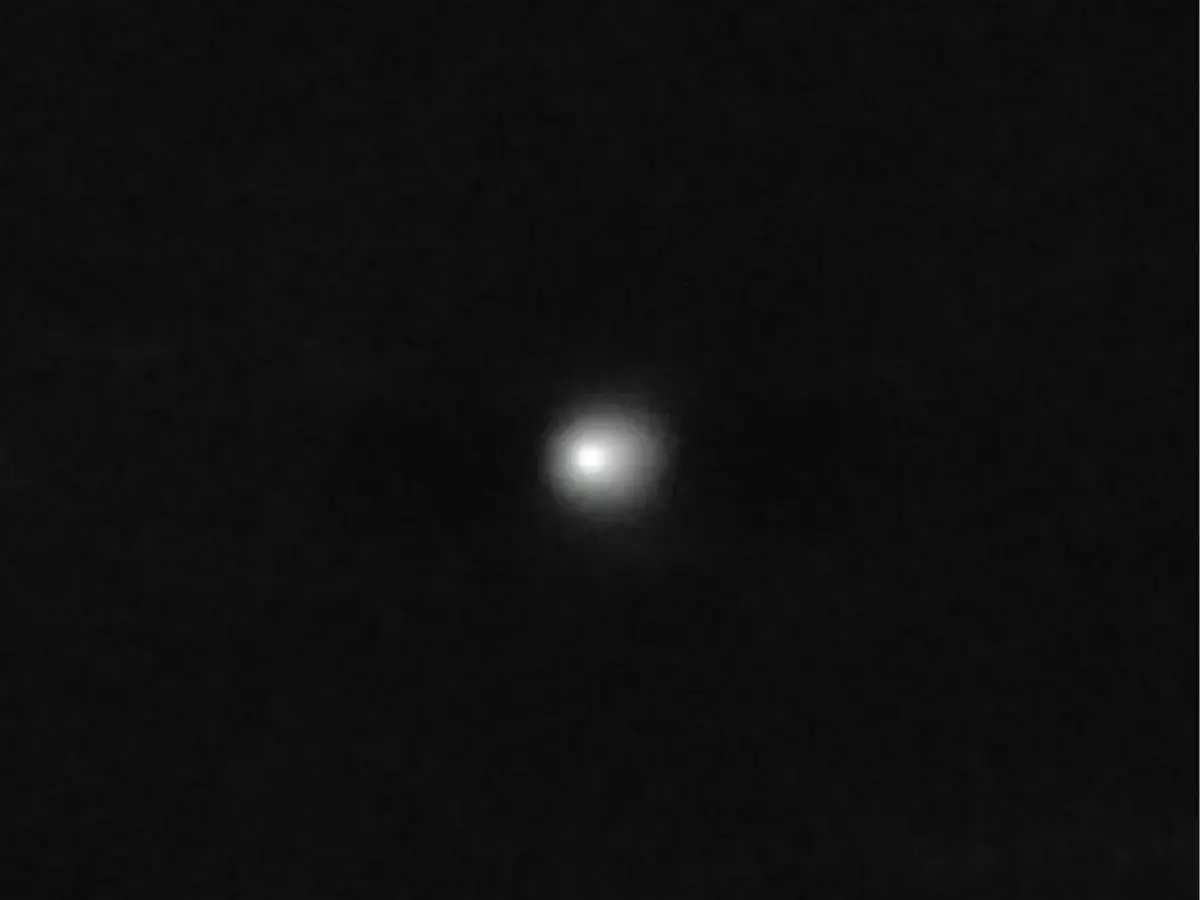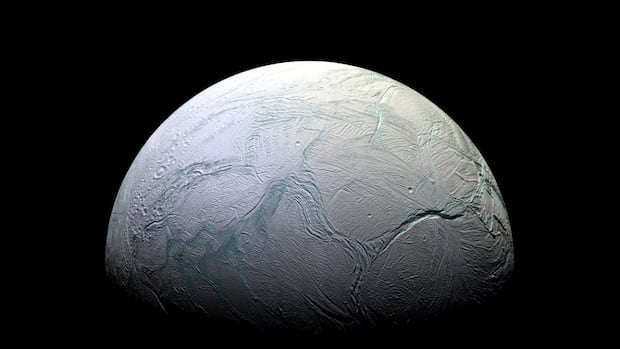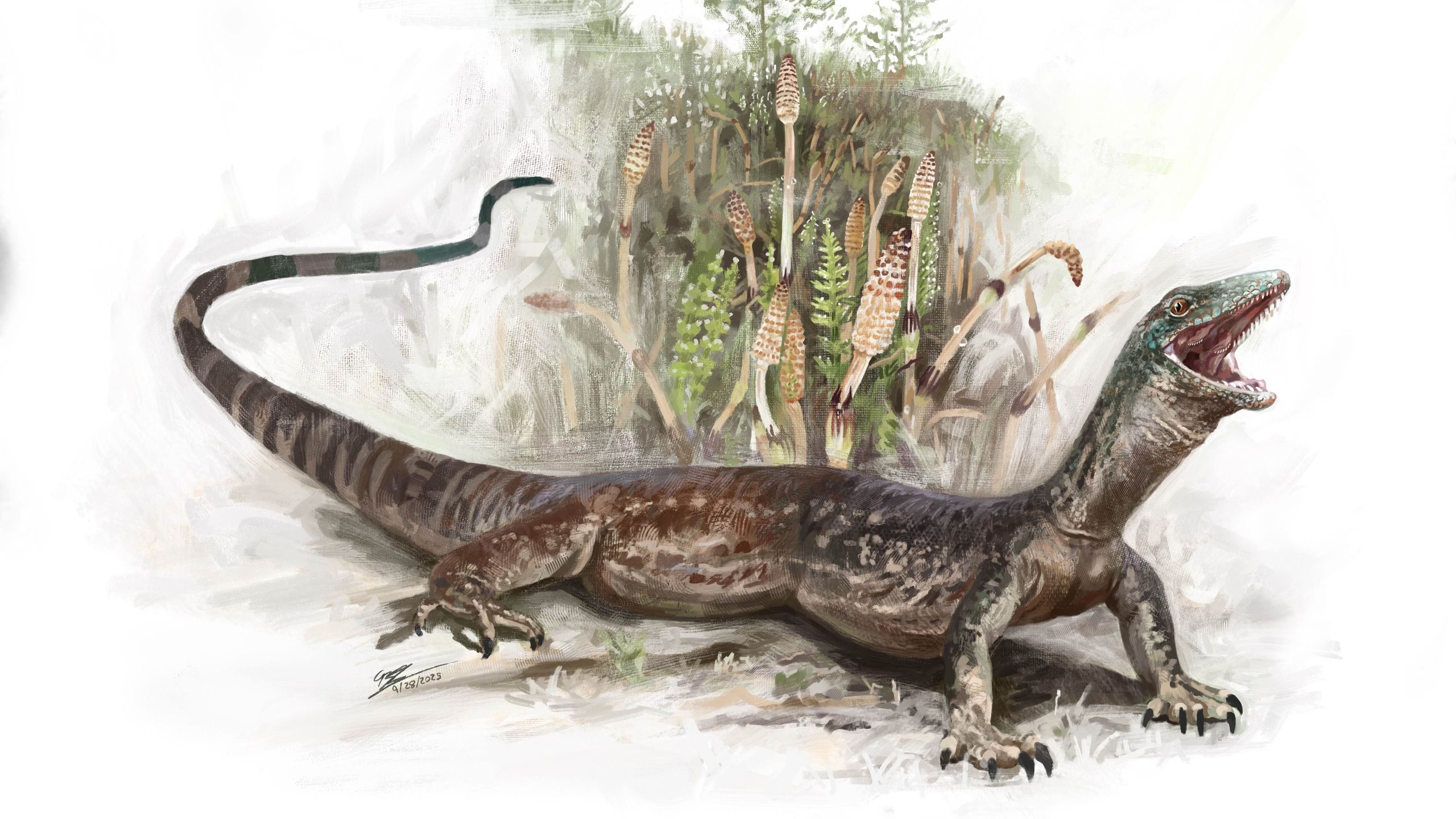Moon's Far Side: A Chilling Discovery of Ancient Coldness Revealed!

Imagine a world where one side of the moon is a sweltering lava pit and the other a frigid desert. Shocking new research suggests exactly that! According to a groundbreaking analysis of ancient rock samples, the far side of the moon might actually be colder than the side we always see from Earth.
This fascinating discovery comes from an international team of researchers from University College London (UCL) and Peking University, who examined fragments collected by China’s Chang’e 6 spacecraft last year. These samples hail from a massive crater on the moon’s mysterious far side—a place that has long intrigued scientists.
The study, published in the prestigious journal Nature Geoscience, confirmed that the rock sample is approximately 2.8 billion years old. By analyzing the chemical composition of its minerals, researchers found that this rock formed from ancient lava deep inside the moon, at an astonishing temperature of around 1,100 degrees Celsius. This is a full 100 degrees cooler than similar samples taken from the moon’s near side!
Professor Yang Li, one of the co-authors from UCL, described the moon as having a 'two-faced' personality. He noted, "The near side and far side of the moon are very different at the surface and potentially in the interior. It is one of the great mysteries of the moon." It’s this dramatic temperature difference that has scientists rethinking everything they thought they knew about our celestial neighbor.
Mr. Xuelin Zhu, a PhD student at Peking University, added: “These findings take us a step closer to understanding the two faces of the moon. They show us that the differences between the near and far side are not only at the surface but go deep into the interior.” The far side is characterized by its thicker crust and rugged mountain ranges, and it appears to have been less volcanically active than the near side.
The researchers speculate that the cooler temperatures on the far side might stem from a scarcity of heat-producing elements like uranium, thorium, and potassium—elements known for their radioactive decay. Previous studies have hinted that an ancient asteroid impact could have redistributed these elements, sending denser materials rich in heat-producing elements to the near side.
In an even stranger twist to the moon’s tale, some theories suggest it may have collided with a smaller moon early in its history, resulting in the near and far sides displaying vastly different thermal characteristics. This analysis sheds light on how the moon’s different faces are influenced by their unique geological histories.
The research team meticulously analyzed 300 grams of lunar soil, the very first sample collected from the far side of the moon. They employed advanced techniques, including electron probing and ion probing, to unlock secrets held within these ancient rocks. By measuring tiny variations in lead isotopes, they could date the rock and estimate its formation temperature, comparing it to near-side samples from the Apollo missions.
While we don’t yet know the current temperature of the moon's mantle between the two sides, scientists believe this temperature imbalance could persist for eons, as the moon has been cooling ever since it formed from a catastrophic impact with a Mars-sized body. The research team is already working on further studies to provide a clearer picture of this lunar enigma.










